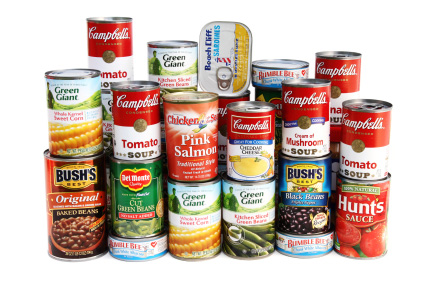On Saturday, May 13, the National Association of Letter Carriers and the United States Postal Service and other partners are asking residents to help Stamp Out Hunger. The annual postal food drive has grown into a national effort that provides assistance to the millions of Americans struggling to put food on the table.
According to Local NALC Branch 888 President Ronnie Roush, the need for food donations is great. Currently, 49 million Americans – 1 in 6 – are unsure where their next meal is coming from. Thirteen million are children who feel hunger’s impact on their overall health and ability to perform in school. More than 5 million seniors over age 60 are food insecure, with many who live on fixed incomes.
Roush stated that food banks and pantries often receive the majority of their donations during the Thanksgiving and Christmas holiday seasons. By springtime, many pantries are depleted, entering the summer low on supplies at a time when many school breakfast and lunch programs are not available to children in need.
With the help of communities across the country, Letter Carriers and the US Postal Service have collected more than 1.5 billion pounds of food in the United States over the first 24 years of this national food drive.
“We’re proud of this food drive and the immediate help it brings to our local food pantries. We’re asking residents for their support to help make this another successful food drive. It’s easy to make a donation; simply leave a bag of non-perishable food items by your mailbox on May 13 to help your neighbors in need,” Roush stated.
To participate in the annual Stamp Out Hunger food drive residents are encouraged to leave a sturdy bag containing non-perishable food items such as canned soup, canned vegetables, peanut butter, pasta, rice or cereal next to their mailbox prior to the time of regular mail delivery on May 13. Letter Carriers will collect these food donations as they deliver mail and then take them to local food pantries.
“One hundred percent of the food collected in each community will be donated to a local food pantry, all donations stay in the local area,” Roush stated.



